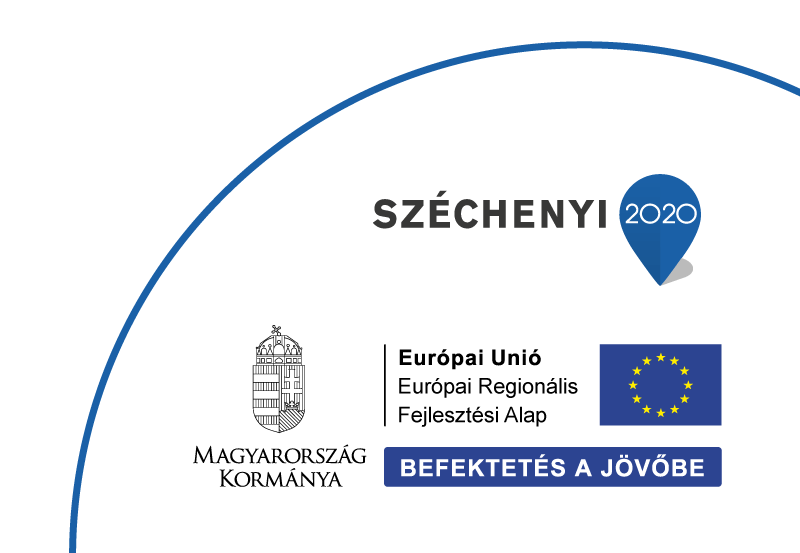
Title: Description and statistic modelling of urban heat island intensity on the example of Debrecen and Beregszász
Abstract:
Due to human activities the temperature conditions in the most populated urban areas differ significantly from those in the natural environment. I chose to study urban areas because ongoing modifications influence the life of people living there. Most people living in urban areas spend most of their time in the urban roof level of the urban boundary layer between the surface and the average level of roofs therefore the conditions in this layer influence their health. Apart from feeling comfortable the forming heat excess affects energy demands which are in connection with cooling demand in warmer and the heating demand in colder periods. Moreover, it determines biodiversity and the distribution of pollutants and diseases in urban areas.
This study focuses on a small and a medium sized town, Beregszász and Debrecen. Although heat islands are studied in large cities worldwide urbanisation, transformation of built-up areas and not deliberate climate modification take place in smaller towns as well. The presented research studies a meso-scale phenomenon and focuses on determining the factors forming the phenomenon in Beregszász. As a result, the first task was to quantify the parameters of the surfaces forming the heat excess found in Beregszász and to analyse their relationship with urban heat island (UHI) on the basis of the results. Apart from these, it is very important to make the spatial structure and process of the heat excess in the town estimatable using models based on empirical relationships. This could be a useful tool for urban development.
In the vicinity of a measurement point located in a given local climate zone the modification of climate elements is caused primarily by modified surface parameters while the size of the heat excess is determined by the dynamic meteorological parameters. Thus to expose the relationship between heat excess developed on a local scale and the meteorological parameters controlling them was set as a goal. Based on the obtained results, my target was to prepare a criteria system with the help of which the time series of the frequency of weather conditions advantageous for the development of urban heat island could be determined.
Congratulations, Elemér!

